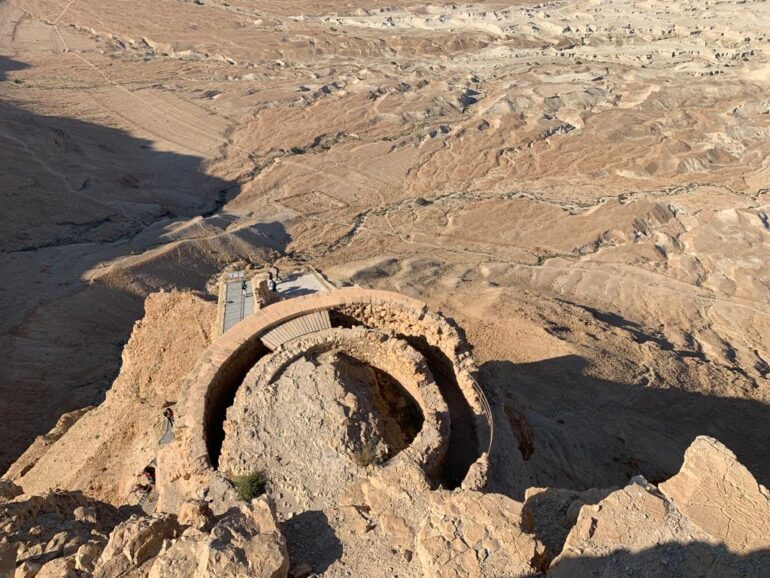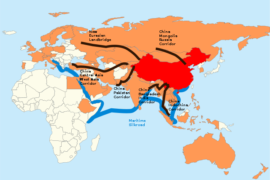Modern and historical academic critiques of the accounts of Israel’s Torah (known to the outside world as the “Bible” or “Old Testament”), fall short at two critical junctions.
First, the critiques fail to acknowledge its fundamental truths with respect to archaeological discoveries and primary sources.
Second, the critiques neglect to actually read and understand the very text being critiqued.
They are countless discoveries depicting the Hebrew nation and the God of Israel. These date back to as far as 1,200 BCE, approximately 300 years after our Exodus from Egypt.
These discoveries take the form of coins, stone inscriptions, and other various artifacts. Most importantly, a primary source exists: the Torah.
When exploring the time period in question, approximately 1,500 to 1,200 BCE, there are few survived works. Artifacts such as the Code of Hammurabi stand out as the more prominent discoveries of antiquity. This alongside the number of Egyptian hieroglyphics that exist from the time. With respect to the Torah, it is a document that has been passed down in its entirety for thousands of years, with fragments constantly found.
An outstanding feature of the Torah, as opposed to religious texts such as the Christian Bible or Greek mythology, is that the events in the Torah are depicted as mass spectator events.
The Exodus alone describes nearly three million Hebrews leaving the land of Egypt. This alongside a devastated Egypt, that was preceded by a deadly famine, that was preceded by tales of a family not numbering more than 70 souls upon arrival.
This remarkable sequence of mass spectator events gives credence to the validity of the Biblical narratives as they are events that could never have withstood the test of time had they been lies. While one could convince ten people that they alone saw a miracle, he could never convince a single individual that him and at least 3 million others witnessed the same miracle. Surely a false narrative of that magnitude would never have been accepted. Indeed, discoveries would have existed to counter its claims.
A truth often neglected is that the Torah was given to the Jewish people in Hebrew.
Hebrew is not the same language as Arabic, English, French, Greek, Italian, Spanish, or any other tongue spoken across the world. Thus, translations from the original text often mistranslate, add words for clarity, and/or do not describe the true meaning(s) behind the words.
For example: there are a few names for the Creator in the Torah. The more prominent ones being Kel Shaddai, Elokim, and HaShem (the Tetragrammaton). While in a translation, the Name is usually written as “God” the actual context and meaning of the text changes drastically depending on which Hebrew name is used. There are countless examples of this throughout the Hebrew text that are subsequently mistranslated or written out of context in translations. For this reason, there is no legitimate criticism of the Torah, encompassing the Five Books of Moshe, the Prophets, and the Writings, that may be declared without the critic spending countless years studying, deciphering, and understanding the text, stories, and meanings of Torah.
With these two fundamental ideas in place, it is evident that those trying to dispute the validity of Israel’s understanding of our own history or relationship with the Creator are attempting to prove their point by simultaneously utilizing scientific thought without acknowledging scientific reason and study on the topic.
This likewise follows the reasoning of those that claim the Earth is flat.





